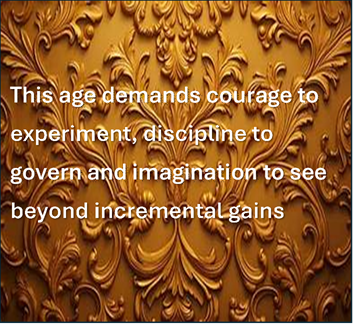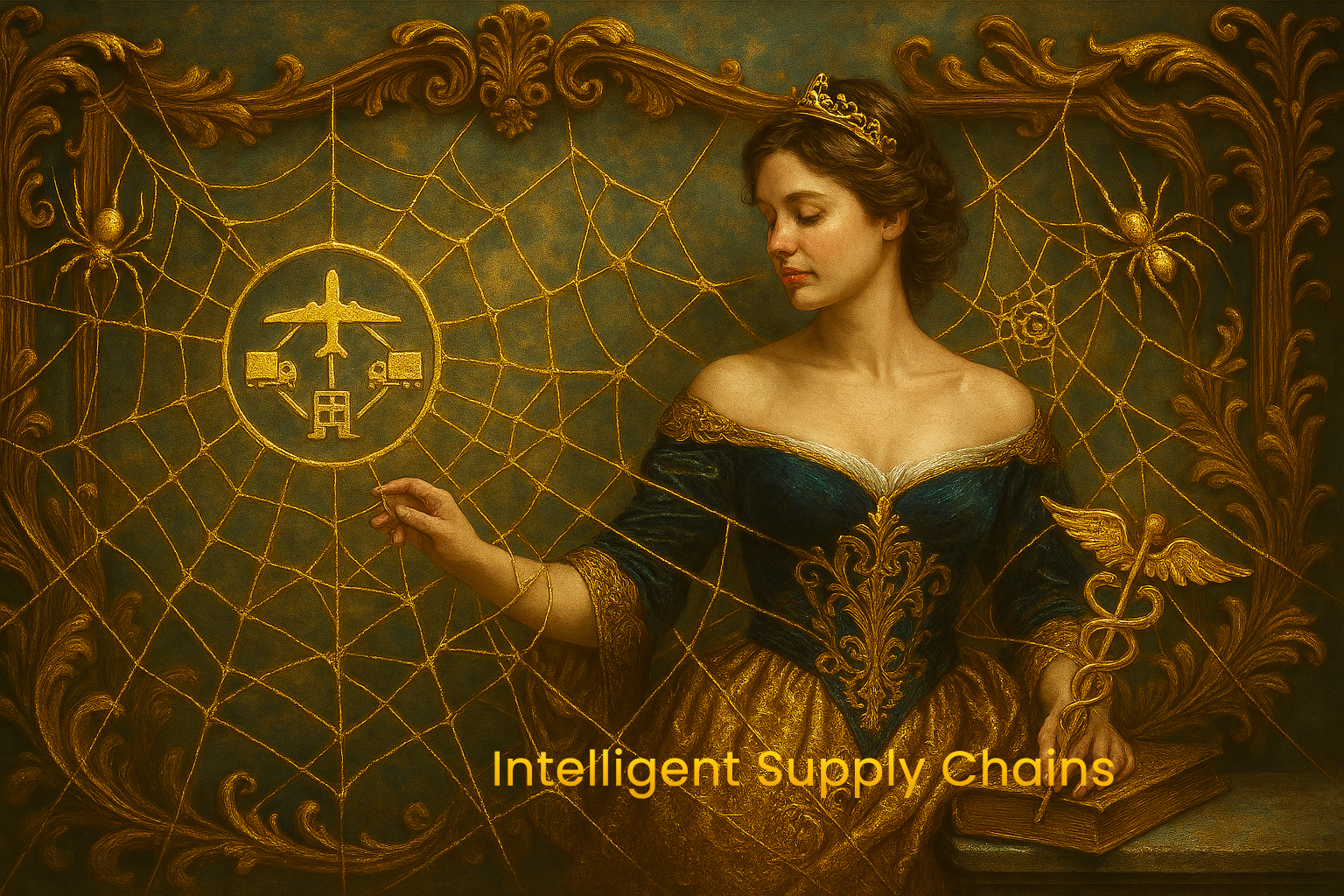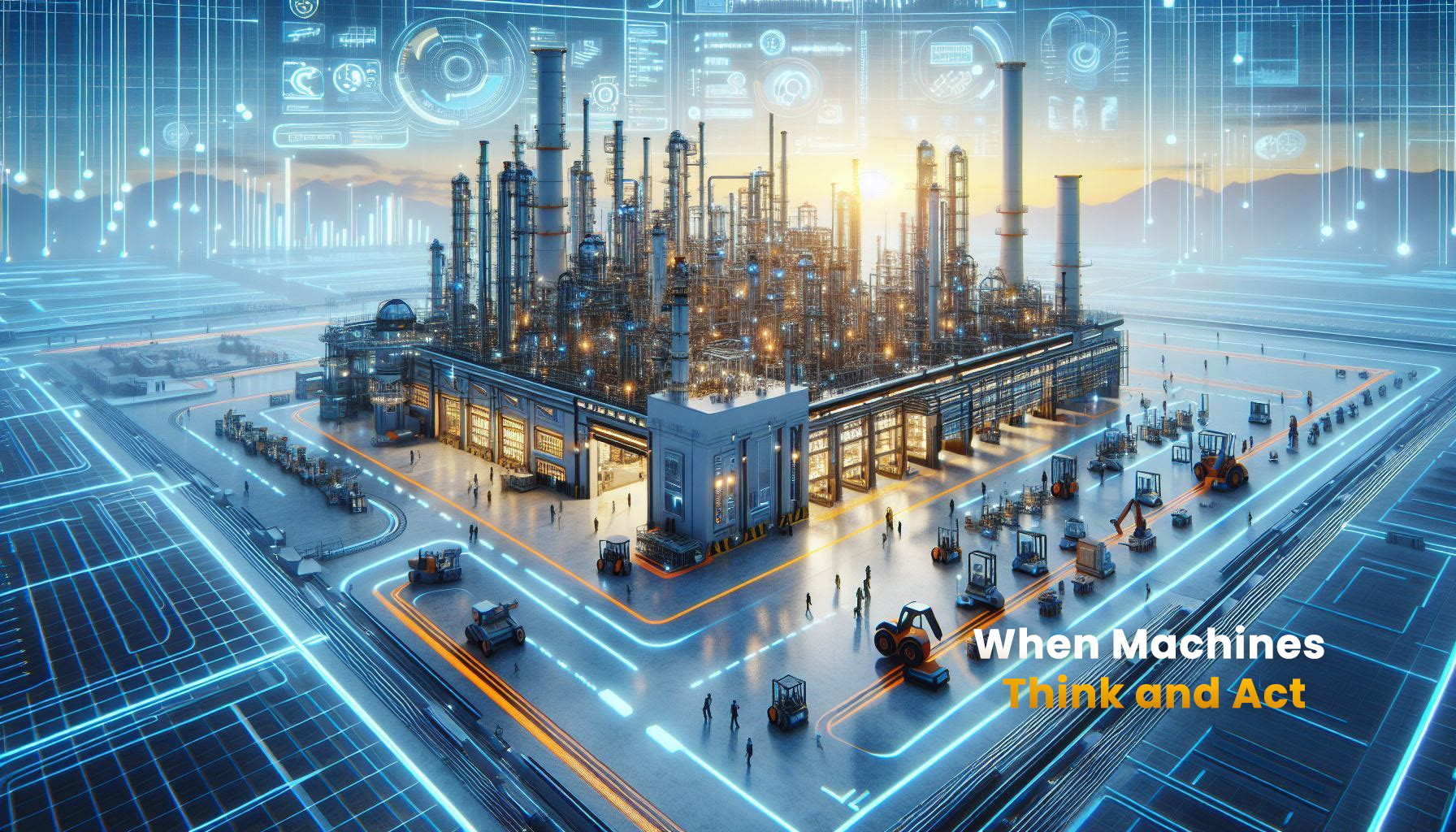

The Age of AI and Human Reinvention
We are intrinsically wired for wonder, biologically, intellectually and now, technologically. With the convergence of human and machine intelligence, we are not just innovating; we are reinventing human experience itself. Intelligence is moving beyond the human mind, flowing through systems that learn, adapt and evolve.
Welcome to the age of AI and human reinvention. We are witnessing AI reimagine what it means to design, heal, build and thrive, from hospital beds to construction sites, and from global logistics to autonomous factories.
For executives, this is more than a technological shift. It is a strategic inflection point. Organizations that succeed will be those that view AI not as a tool but as a co-evolving partner, embedding intelligence into workflows, decision making and customer experiences. The risks are real: ethical blind spots, over-reliance, systemic biases. Yet the opportunities are greater: new markets, radical productivity, accelerated innovation and the reinvention of business models themselves.
This age demands courage to experiment, discipline to govern and imagination to see beyond incremental gains. It's not about choosing between wonder and pragmatism; it's about cultivating both, so that the reinvention of human experience also becomes the reinvention of enterprise strategy.

Having been fortunate to witness and contribute to technological breakthroughs alongside some brilliant minds in Silicon Valley, I'd like to share my reflections on the present moment and the future we are building in the age of intelligence.

When Intelligence Meets Empathy

AI today listens, interprets and guides. It can delve into longitudinal health records, unravel intricate case histories and decode genomic blueprints to assist clinicians with accurate and personalized diagnoses.
In radiology, a diagnosis that once required decades of experience can now be achieved in seconds, benefiting from AI systems that detect subtle patterns often before symptoms even surface.
Beyond diagnosis, AI is redefining drug discovery. Generative models simulate molecular interactions, identify promising compounds and optimize therapies tailored to individual genetic profiles. The result? Faster trials, better outcomes and a future where precision medicine is not a privilege, but a protocol.
Yet the real story is not just what AI can do, but what it takes to bring it into practice. In my own experience working with innovators, the bottleneck is rarely the core technology.
Algorithms today can rival or surpass specialists in narrow tasks. The harder barriers are threefold:
Progress will hinge on more than computational breakthroughs. It will require governance that keeps pace with innovation, transparency that earns the clinician's confidence and infrastructure that ensures equity of access.


Intelligent Supply Chains: Oh, What A Tangled Web We Weave
Supply chains, once brittle and linear, are becoming intelligent, adaptive webs. During disruptions, AI-driven systems can forecast demand shifts, reroute logistics and cut carbon footprints through smarter routing and factoring in worker fatigue and regulations. I bear witness to AI transforming downtime into foresight and fragility into resilience. What emerges is a supply chain that breathes with agility and moves with purpose.
Algorithms can process data from geopolitics, weather, ports, demands, societal impact and localized intelligence to reroute, replenish and recalibrate logistics in ways humans alone never could. Digital twins of entire networks enable businesses to simulate shocks and model resilience. Procurement no longer waits for shortages; it preempts them. Generative AI is influencing package design for sustainability and transport.
In the architecture, engineering and construction industry, the design of buildings is becoming a dialogue between human intention and machine intelligence. AI agents review schedules, parse a multitude of artifacts, simulate scenarios and generate recommendations, not as static assistants, but as evolving collaborators.
Generative design helps architects model for efficient land use, habitability and profit. AI systems correlate field data, social demographics, weather models and stakeholder constraints to generate optimal plans, reducing waste, rework and risk.

The Next Industrial Revolution: When Machines Think And Act Quietly
Perhaps the most striking transformation lies in the world of manufacturing, where "dark factories" now hum silently without human presence yet operate with extraordinary intelligence. These lights-out facilities are powered by self-learning systems that adapt production in real time, manage quality control via computer vision and conduct predictive maintenance without supervision.
Edge AI offers multimodal coherence. Cloud AI manages macro trends, forecasting and synchronizing across facilities and continents. The productivity gains this leads to are unprecedented.

Marching Towards A Symbiotic Future
The real promise of this age isn't about machines surpassing us, but about our ability to grow alongside them. True progress is in symbiosis—in the quiet, deliberate fusion of AI with human aspiration, creativity and conscience.
As we weave intelligence into the very fabric of our systems, we are also encoding our values, our vision and our shared destiny. This is no longer an industrial age. It is an intelligence age, where builders must be philosophers, where technologists shape policy and where every line of code is a line of history being written.
For leaders, the mandate is threefold: a playbook for the age of AI and human reinvention.
AI does not mark the end of imagination. It signals its renaissance. Let us not merely witness the future; let us author it wisely and well. We are, indeed, wired for wonder and now have the tools to shape a future worthy of our boldest dreams.
Senthil M Kumar is a celebrated tech visionary, credited with advanced technology creation under his direction across global industries. With pioneering contributions in AI, Edge Computing, Blockchain, Physical AI, Metaverse, IIoT, Swarm Robotics, and System Autonomy, among others, Senthil M Kumar has been instrumental in shaping the technological landscape. As a technology executive, his work has spanned various industries globally, including AEC, Fintech, CRM, Autonomous Vehicles, Smart Buildings, Geospatial Engineering, Insurance, Healthcare, and Medicine.
He currently serves as a Senior advisor to Celesta.vc and as the C.T.O of a Silicon Valley startup Slate Technologies. He is also an advisor to academia and to other companies on complex technologies and futurism. His work has been acknowledged as a Pioneer in A.I by the World Economic Forum and has won numerous awards and Global Patents of significance. He is also a senior advisor to the United Nations on Artificial Intelligence.
Article link: Forbes.com
